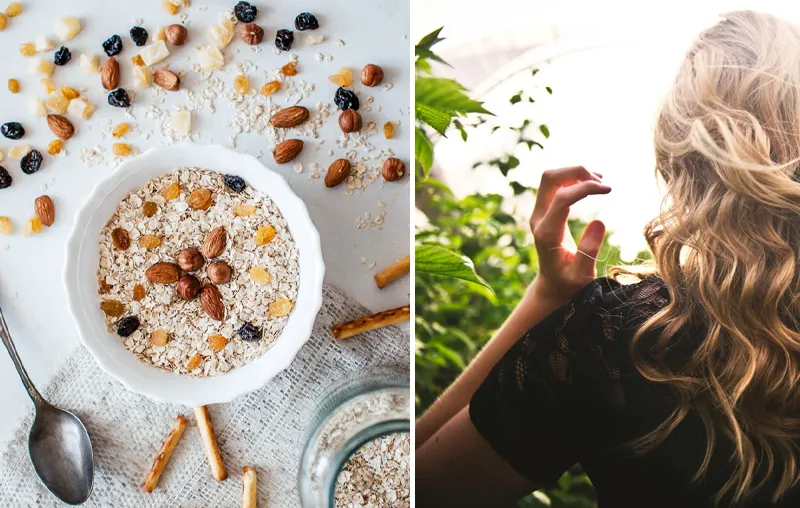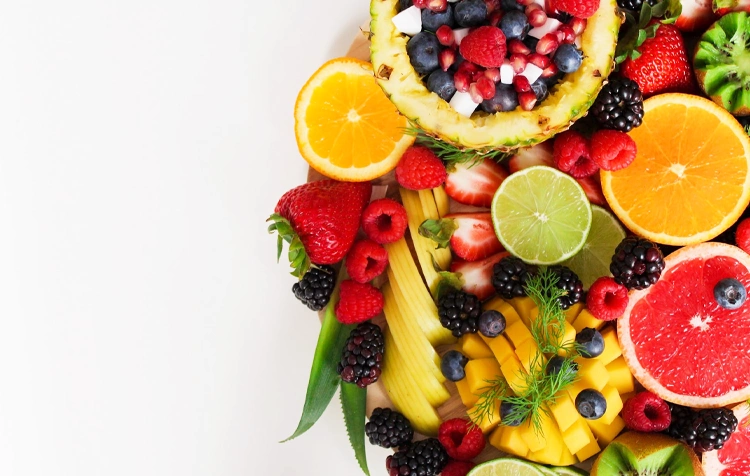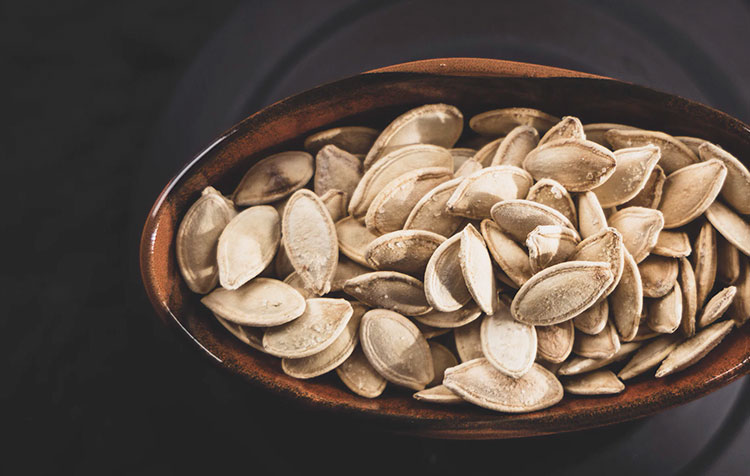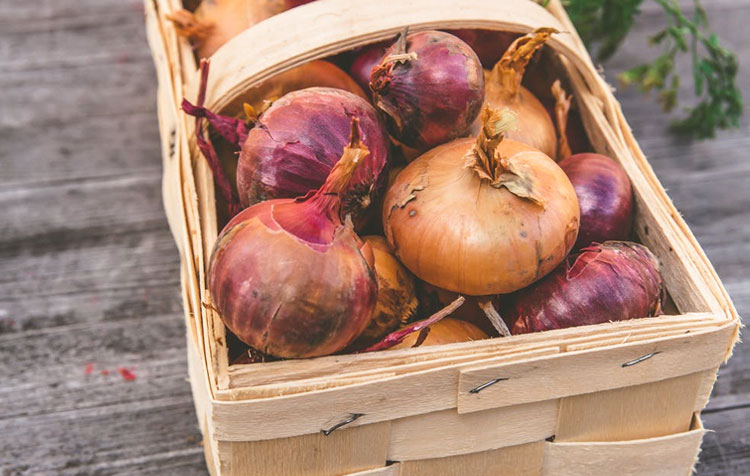You want to know more about the trace element iron? Then this article is just right for you! I would like to give you the most important information about the essential nutrient to hand. Starting with the clear profile, about type, function, daily requirement, overdose and deficiency, to food and supplements. Whether vegans and vegetarians have to pay special attention to their iron intake, you will learn towards the end of the article.
Here is in advance a short Overview for you:
Notice: This article is not a substitute for medical advice, but only provides general information about iron. Please consult your doctor if you feel unwell or want to prevent health problems with medical care.
Iron PROFILE at a glance
Assignment: Essential trace element, transition metal category
Synonyms: Ferritin, depot iron, in the periodic table Fe (lat. ferrum 'iron')
Important for: Transport and storage of oxygen, electron transport
Daily requirement: 10 µg (m), 15 µg (w) from the age of 19₁.
Recording: by ingestion
Overdose: Over-supply possible, especially with high-dose supplements
Deficiency symptoms: Among other things, decreasing performance, anemia, weakening of the immune system.
Food: Pumpkin seeds, sesame seeds, hemp seeds, dried apricots
Nutritional supplement: mainly as capsules
What is the best way to absorb iron?
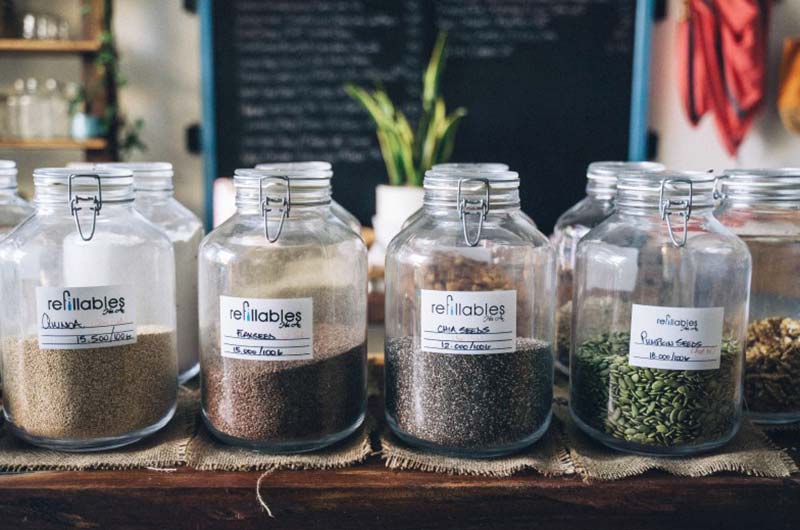
There are a few things to keep in mind when it comes to iron intake. Especially because iron deficiency according to WHO the most common nutrient deficiency worldwide is.₂ There are both positive and negative factors influencing iron absorption. Those who rely on a balanced, wholesome diet and promotes iron intake in a targeted manner will be supplied with sufficient iron.
Resorption-promoting measures are the intake of vitamin C, organic acids and Beta-carotene in meals containing iron. A delicious way to combine iron and vitamin C is a dressing of pumpkin seeds (iron) and orange juice (vitamin C).
Phytic and oxalic acids inhibit the absorption of iron. However, phytic and oxalic acid can be broken down by either soaking, germinating, fermenting or heating foods. High-dose zinc and calcium from dietary supplements tend to inhibit absorption as well. Therefore, it is better to take zinc and calcium supplements away from (iron-containing) meals.
A fascinating ability of the body is also to increase the absorption rate when iron stores are low. However, you should not let it get that far.
Resorption promote: Combination of Vitamin C, organic acids or beta-carotene and iron, reduction of resorption inhibitors by soaking, germinating, fermenting or heating.
What is the daily requirement of iron?
The daily requirement of iron depends on age and gender. Girls or women require a higher iron intake than boys or girls from puberty onwards.
| Teenagers and adults | male | female |
| 10 to under 19 years | 12 | 15 |
| 19 to under 51 years | 10 | 15 |
| 51 years and older | 10 | 10 |
What is the function of iron in the body?
Iron has an essential importance for our health. It is responsible for the Transport and storage of oxygen in the blood. Since iron is a Building block for enzymes in energy metabolism sufficient iron intake is also noticeable in the energy level. The Electron transport is equally important for energy production.₃
The role of iron at a glance:
- Transport and storage of oxygen in the blood
- Electron transport
- Cofactor in enzymatic reactions
Is an overdose of iron possible?
A lot helps a lot? Not with iron. The use of dietary supplements can lead to an overdose. This can lead to a disturbance of the copper and zinc metabolism, damage to the intestinal wall and even acute symptoms of poisoning such as vomiting, diarrhea or fever. The German Federal Institute for Risk Assessment recommends taking only enough iron to cover the daily requirement.₄ The "Tolerable Upper Intake Level", which in the USA is 45 mg/day, is an indication of the maximum intake quantity.₅
When does an iron deficiency occur?
Iron deficiency is mostly diet-induced and therefore basically also reversible through diet. Children, adolescents and women of childbearing age are particularly at risk of iron deficiency, as women lose iron during menstruation. Especially during pregnancy, women's iron requirements are increased, as iron is needed for the development of the placenta, as well as the development of the baby. In addition, the fetus builds up an iron store during pregnancy, which it uses to initially cover its iron requirements after birth.
The aforementioned effect that absorption increases when iron stores are low is the body's own mechanism for preventing iron deficiency. If iron deficiency nevertheless occurs, it can be recognized by listlessness, declining performance, a weakened immune system, and even hair loss.3
Risk groups for deficiency: Children, adolescents, women of childbearing age or pregnancy.
What foods contain iron?
As already mentioned, measures to promote absorption are particularly helpful in meeting iron requirements. However, it is also important to access the right foods to ensure iron absorption. Some examples are:
- Pumpkin seeds (12.5 mg per 100 gram)
- Hulled hemp seeds (9.6 mg per 100 gram)
- Quinoa (8 mg per 100 gram)
- Tempeh (5 mg per 100 gram)
- Oatmeal (4.6 mg per 100 gram)
- Dried apricots (4.4 mg per 100 gram)
- Hazelnuts (3.8 mg per 100 gram)
Iron supply in a plant-based diet
A key distinction in vegan or vegetarian diets is the form of iron. Meat and fish have heme iron and non-heme iron. Plant foods, dairy products, and eggs contain only non-heme iron. You can think of the heme molecule as a ring around the central iron ion, protecting it. Thus, the absorption rate of heme iron is 15-30 %. Non-heme iron does not have this ring and thus has a poorer absorption of 2-20 %.₆
This sounds rather little at first, but can easily be compensated for by a sufficient intake, clever food combinations and the right preparation methods.
In a blood test, the serum ferritin value should be measured instead of the serum iron. Serum ferritin, as an iron store, is in fact a good long-term parameter that provides reliable results.
How does the dietary supplementation with iron work?
If you suffer from an iron deficiency, it can be useful to fill your iron stores with an iron supplement in the short term. For this you should take the Coordinate nutritional supplementation with your primary care physicianto avoid overdosing. If supplementation makes sense, you can reach for iron capsules. If you want to play it safe on a vegan diet, the following multi-nutrient supplement is a good choice.
- Vegan multi-nutrient capsules: you get here*
- Iron capsules with vitamin C: you get here*
Ensure your iron supply
Regardless of your diet, you may be deficient in iron. You can change your Strengthen health and prevent iron deficiency by sensibly incorporating iron-rich foods into your diet on a regular basis, soaking legumes, and using sources of iron with Vitamin C-containing foods.
Do you have any questions or suggestions about this post on iron? Then feel free to write me a comment.
All the best,

PS.: You want to know, why i live vegan? I'll give you my reasons in the linked article. And if you want to learn more about other nutrients, continue your research with the article about Vitamin B12 away.
References:
₁ Deutsche Gesellschaft für Ernährung e. V.: Eisen, https://www.dge.de/wissenschaft/referenzwerte/eisen/?L=0. [15.05.2021].
₂ United Nations Children's Fund, United Nations University & World Health Organization: Iron Deficiency Anaemia. Assessment, Prevention, and Control - A guide for program managers, https://www.who.int/nutrition/publications/en/ida_assessment_prevention_control.pdf. [15.05.2021].
₃ Center of Health: Iron Deficiency - Causes and Solutions, https://www.zentrum-der-gesundheit.de/krankheiten/weitere-erkrankungen/mangelerscheinungen/eisenmangel-ia. [15.05.2021].
₄ Federal Institute for Risk Assessment: Use of iron in food supplements and for food fortification, https://www.bfr.bund.de/cm/343/verwendung_von_eisen_in_nahrungsergaenzungsmitteln_und_zur_anreicherung_von_lebensmitteln.pdf. [15.05.2021].
₅ Dr. S. Zlotkin: Excess Iron Intake: Defining Toxic Effects and Upper Levels in Vulnerable Populations, https://www.who.int/docs/default-source/nutritionlibrary/seminars-and-webinars/area-webinar-26-nov-2019/2019-areacop-webinar-sslotkin-presentation-26-nov.pdf?sfvrsn=6eac2b21_12. [15.05.2021].
₆ Food and Nutrition Board & Institute of Medicine: Dietary reference intakes for vitamin A, vitamin K, arsenic, boron, chromium, copper, iodine, iron manganese, molybdenum, nickel, silicon, vanadium, and zinc, https://www.nap.edu/read/10026/chapter/1. [15.05.2021].


